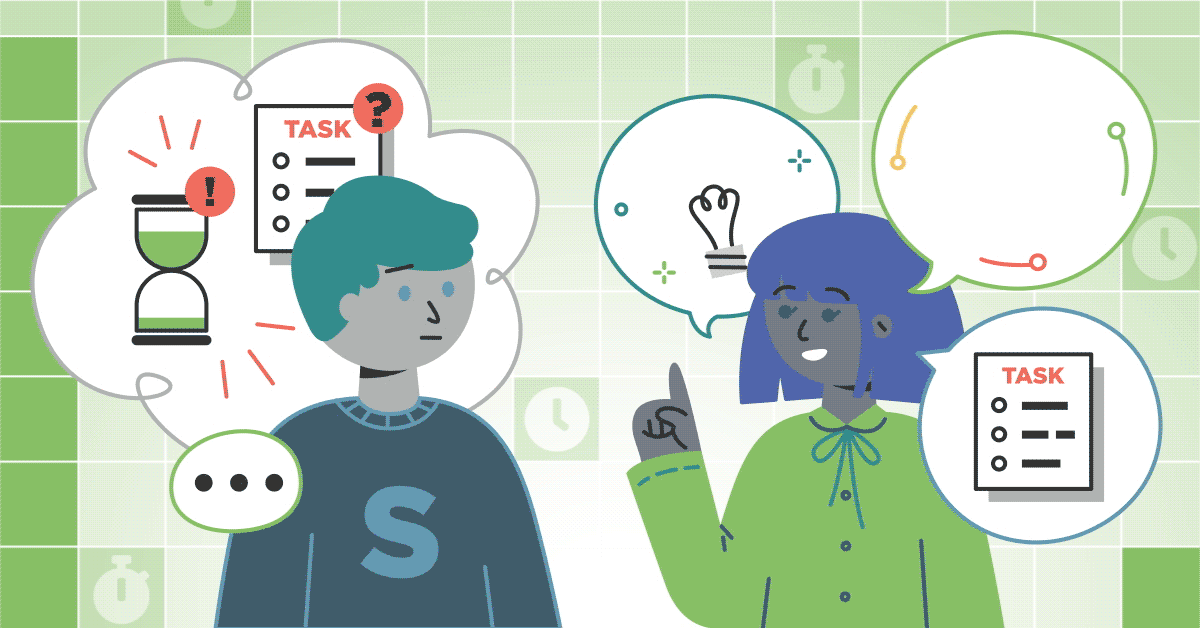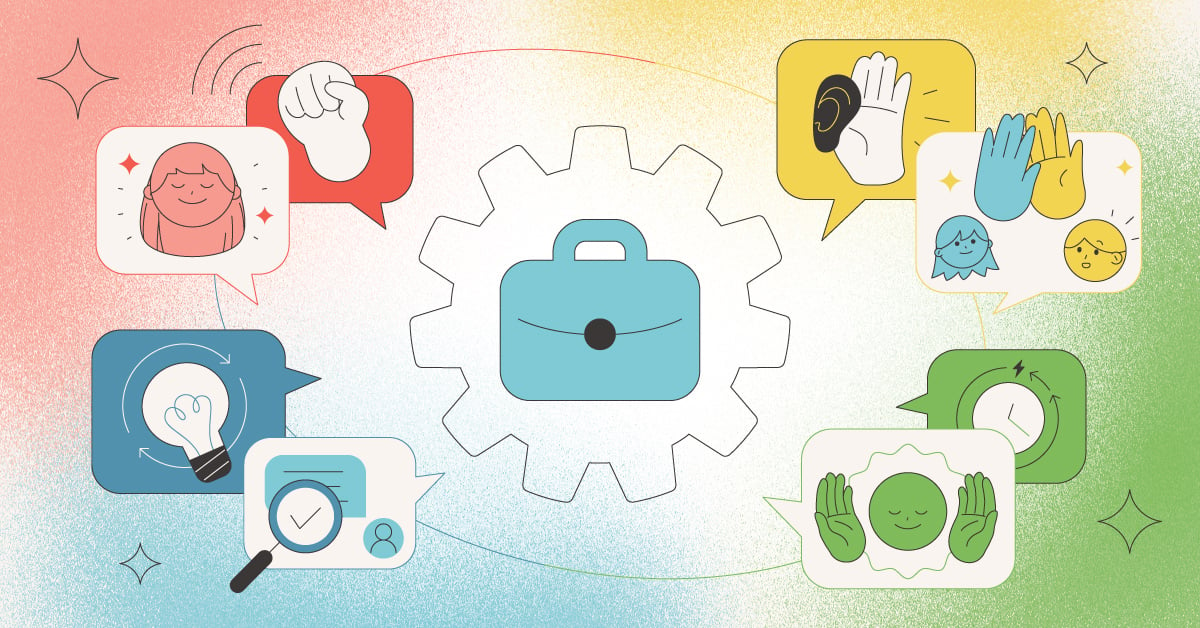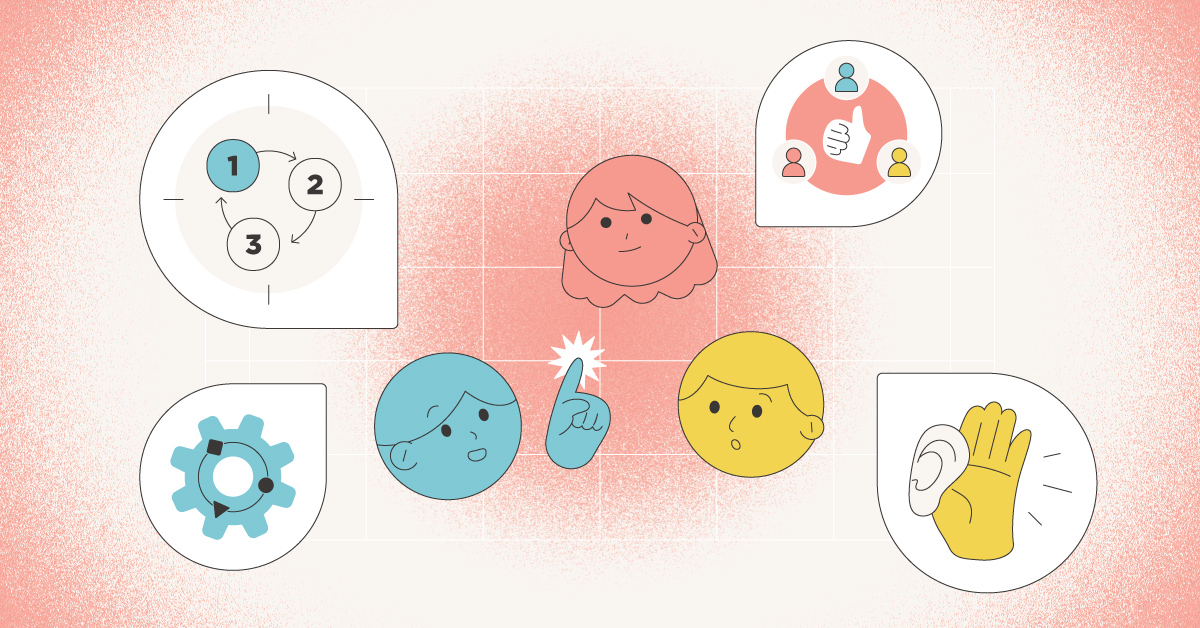
As we continue to dive deeper into DISC, it’s time to look at the S in our assessment: the Steadiness aspect. Let’s look at High Ss (Steady communicators) and Low Ss (Dynamic communicators) as well as the pros and cons of each style.
What is Steadiness?

This factor measures how someone handles pace and consistency.
What Does High S (Steady) Mean?
Steady communicators prefer a slow pace, defined responsibilities, and clearly outlined expectations. They are considerate, compassionate, and accepting of others, but might seem indifferent or hesitant on the surface.
High Ss need transparency from their team and their leaders— they want to know what’s expected of everyone involved in a project, but this can lead to reassurance seeking and uncertainty.
What Are the Pros of a High S Score?
Steady communicators are great team players; their easy-going natures and ability to remain diligent make them excellent group contributors. They are considered by others to be modest and considerate and prefer patience over conflict and positive contributions over negativity. Their hard work can’t be overlooked.
What Are the Cons of a High S Score?
While High Ss are usually open to others, they might not always come across that way. They can seem disengaged with unfamiliar groups and will avoid the spotlight, which can lead to them not fully contributing when they’re most needed.
They also tend to shy away from misunderstandings, so they might hesitate to speak up or going out on a limb when discussing a new topic. They also prefer a naturally slower pace, which bogs down projects that need a high level of flexibility and agility.
Solution: Ask For What You Need
It’s a little bit outside of the comfort zone of a High S, but the real way to improve communication and change setbacks into opportunities is to ask for what they need. It’s not rocking the boat to share that you’re overwhelmed— if a High S needs a slower pace, reconfigured deadlines, or a changed approach, establishing those needs within your team is the first step towards success.
High Ss need to work to ensure they don’t get bogged down in doubt! Taking risks is a necessary part of life, and work can be the perfect place to test out your capability to do that.
What Does Low S (Dynamic) Mean?

Dynamic people, or Low Ss, love jumping from idea to project to task, without slowing down. They are open and confident when it comes to sharing information, and they prefer lively, fast-paced conversations. They are energetic and outgoing but can come across as impatient or agitated.
Low Ss need a rapid pace in their work, an open environment to discuss ideas and a team where responsibility is fairly distributed.
What are the Pros of a Low S?
The Low S ability to pivot and jump headfirst into projects makes them valuable members of a team. They’re great at getting conversations started and can help prompt other members of their team to contribute and collaborate.
Dynamic communicators also aren’t afraid of conflict. They won’t shy away from difficult conversations and tend to wear their emotions on their sleeves— they’re very open and direct communicators.
What are the Cons of a Low S?
These same traits can have a positive impact can also have a negative impact when they’re not balanced. Low Ss are at risk of disengagement if a situation becomes too routine or too slow for their liking. They also can have a tendency to jump directly into conflict rather than take time to consider the ramifications of their actions.
These traits combined can cause others people to perceive them as unreliable or disorganized. It can also cause conflict with slower-paced members of their team and that conflict is likely to go unresolved causing more problems in the long run.
Solution: Slow Down to Speed Up
It might feel counterintuitive but the solution for low Ss to succeed in their roles is to slow down. Try to challenge yourself to listen more fully and thoroughly to others, and frame it exactly as that to yourself— a challenge! Your mindset is an important part of your success— keep yourself busy with interpersonal details and you’ll see a difference.
Understanding Steadiness in DISC
No matter your score when it comes to Steadiness, it’s important to fully understand both the high and low scores. Whether you’re Dynamic or Steady, your approach to pace and consistency will affect your performance in the workplace.
If you want to unlock your potential with DISC or other behavioral assessment tools, TTI SI can help! Contact us here to get started.




